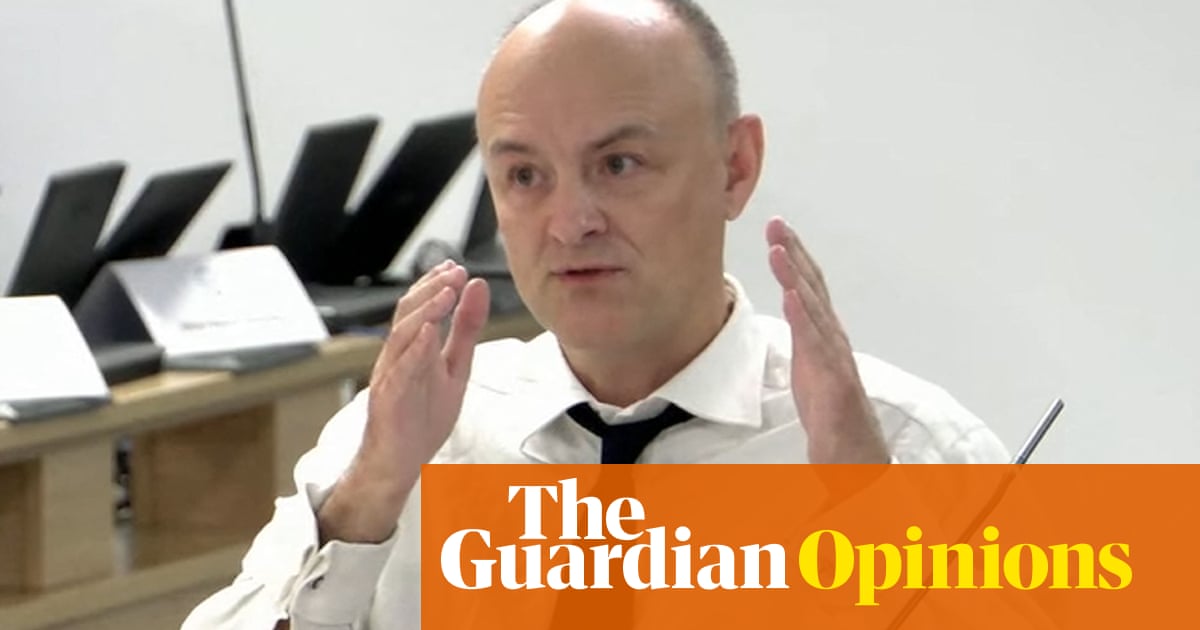
When you are the most powerful, popular artist in the world, you can insist on anything. And so Adele has persuaded Spotify to hide its shuffle button, to encourage listeners to listen to her new album 30 – and, presumably, every other album – in the order intended by the artists. “We don’t create albums with so much care and thought into our track listing for no reason,” Adele said. “Our art tells a story and our stories should be listened to as we intended.”
I am of the generation that still cleaves to the notion of albums as the greatest and most convenient expression of a musician’s imagination: that 40 minutes is pretty much the ideal length to explore most of the things, musically and lyrically, an artist might have to say, without the risk of boredom. With an album, I am getting what I tell myself is the least mediated version of the artist’s vision. My natural inclination is to take Adele’s line.
I think of those albums that are perfectly sequenced and marvel at them: how Sgt Pepper opens with its blistering title track and moves to its strange and profound ending, with the vast fading piano chord that concludes A Day in the Life. I think of how Radiohead got so mired in the sequencing of Kid A that they nearly broke up over it. I think of the brilliance of the ordering of Bruce Springsteen’s Darkness on the Edge of Town, in its two-sided LP version – side one concluding with Racing in the Street, its emotional centrepiece, before restarting with The Promised Land, then ending for good with its devastating title track. I don’t think any reordering could improve those albums (except removing Within You Without You from Sgt Pepper’s, but that’s by the by).
Paradoxically, the true genius of sequencing is often clearest when the artist isn’t trying to tell a story through the music, and the sequencing itself has to do that heavy lifting, which is usually on a greatest hits compilation. The obvious thing to do with hits is to sequence them chronologically, which suits the trainspotter, but rarely makes for the most rounded album. Think instead of Queen’s Greatest Hits, which isn’t the UK’s bestselling album ever solely because lots of people love Queen, but also because it’s a perfectly sequenced album that begins and ends in triumph – Bohemian Rhapsody and We Are the Champions – and which never lets its momentum sag, but without ever turning into a boring churn. Unusually for a greatest hits, the compilers weren’t afraid to let deeper cuts – that four-track run of Now I’m Here to Flash on side two – do plenty of work, which gave it (insofar as was possible) a sense of discovery, especially for younger listeners.
Great sequencing can cover up weaknesses. Take The Queen Is Dead by the Smiths, an album that should, really, be horribly unbalanced, divided between overpowering epics and throwaways. The positioning of the big, emotional tracks – first and third on side one, fourth on side two – gives the whole thing an emotional heft it shouldn’t really possess. (It’s also a record with a very unusual sequence: its two hit singles are both on side two, to shore up a side that has to contend with Vicar in a Tutu and Some Girls Are Bigger Than Others).
The truth is, though, that Adele is fighting a losing battle. The reason Spotify enables listeners to shuffle songs in the first place is that people like to do it, and understanding listener habits has encouraged artists and labels to sequence albums differently. In fact, some long and musically diverse albums such as Drake’s Certified Lover Boy almost seem to hand the job of sequencing to listeners, tacitly acknowledging they will cherry pick their own favourites on to a leaner playlist.
There was once a formula for sequencing. As soon as albums became pop’s lingua franca, people realised there was a way to maximise their impact: open big, keep up the mood for a couple of songs, slow it down, close the side with a statement track. Repeat on side two. These days the formula is even simpler. For almost any artist trying to compete commercially – that is, all but the top echelon of stars, and those for whom commercial imperatives do not matter – albums have to be front-loaded. Labels now have access to unimaginable data, and “skip rate” has become vital – is the listener listening for the 30 seconds necessary for the song to earn royalties from streaming? It is now in labels’ (and artists’) interests to get the grabbiest, hookiest tracks at the top (a process that has also changed the nature of songwriting, by getting writers to throw everything at the opening).
As the music manager Barry Johnson told Rolling Stone of an album by his charges EarthGang: “We had this whole conceptual album with skits and everything, and we had some of our biggest songs at the end of the album. They [Interscope] were just like, ‘What if people don’t get to the back of the album? Attention spans are so short, if you don’t catch people right off the bat, they might not hear the hits at the end. So how about putting the bigger songs up front?’”
That’s what Adele is fighting by sticking up for the primacy of the album as an entire listening experience: the right for artists to make the albums they want. 30 begins moodily and sadly, and it’s not until track four that we get an uptempo number – an eternity in modern pop-album sequencing. This is not just about telling the listeners to eat their greens. It’s a reminder that in a world where the head of Universal can make more in a year than all British songwriters combined, that there would be nothing to promote and sell without the storytelling and imagination of the artists themselves.
What are the best examples of album sequencing? Share your thoughts in the comments below.












